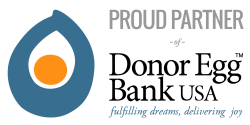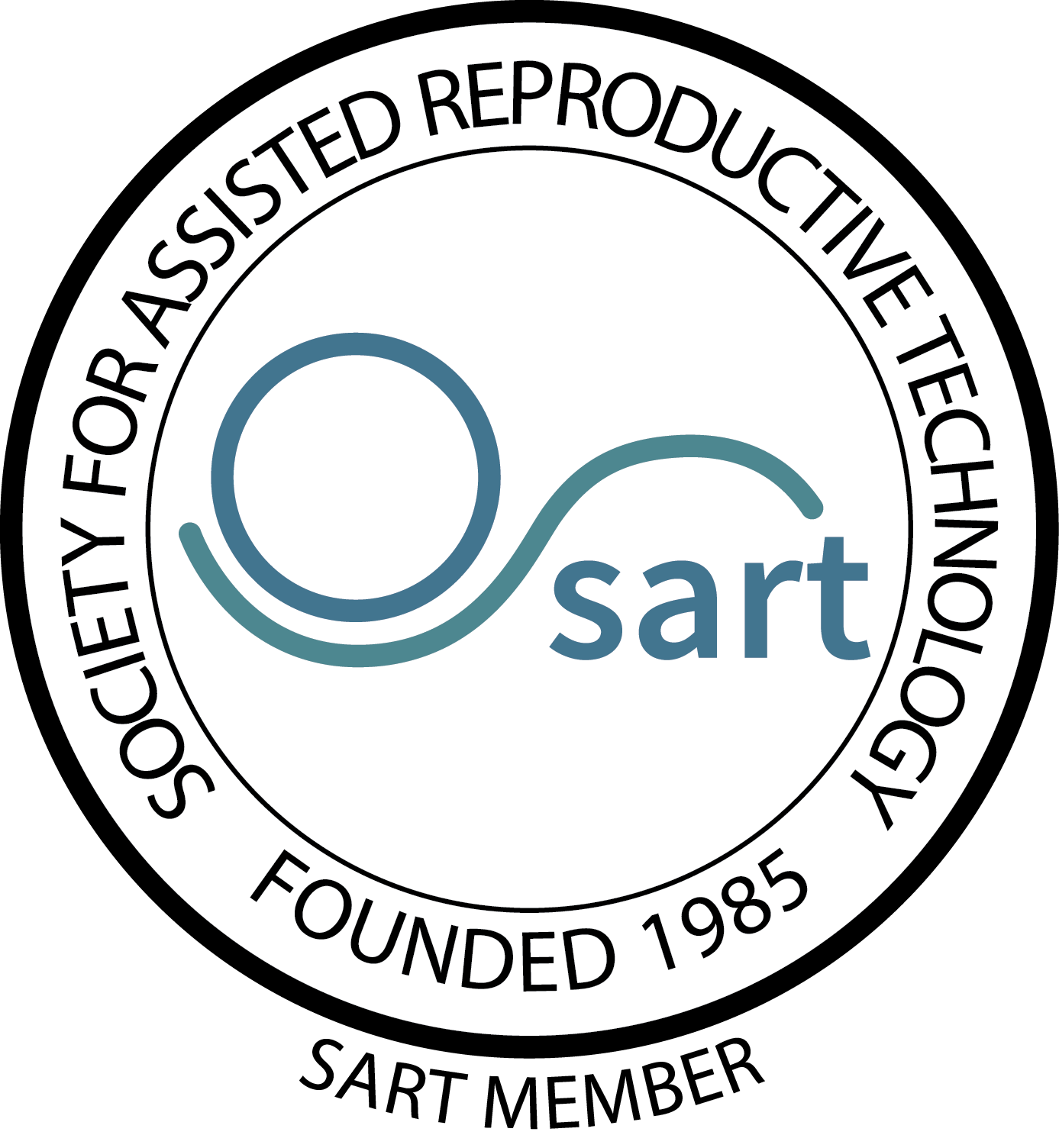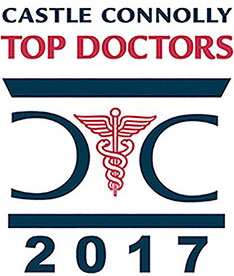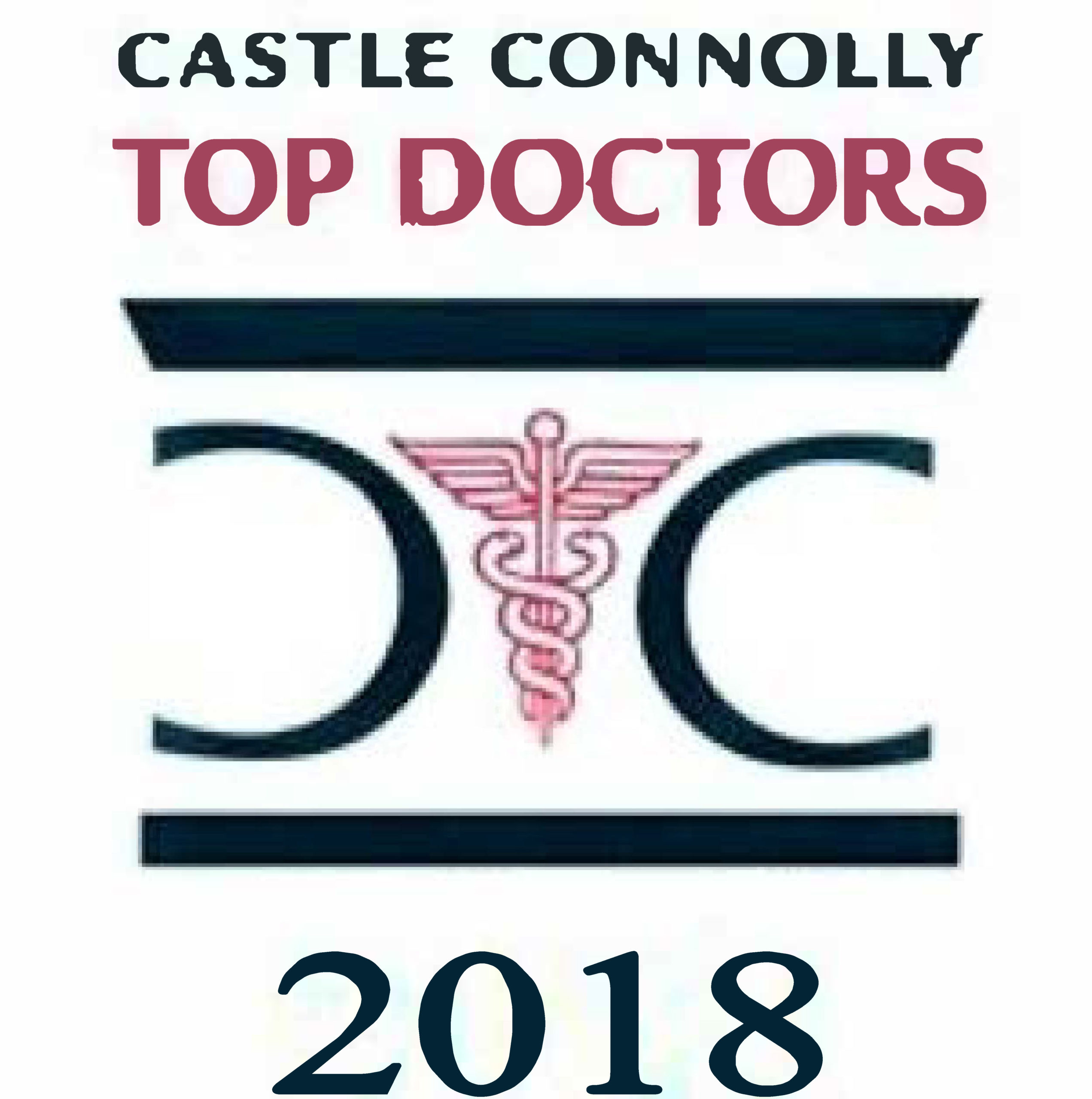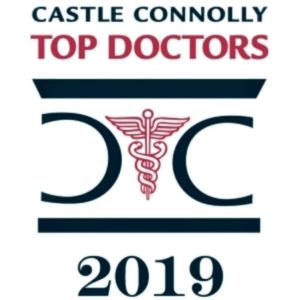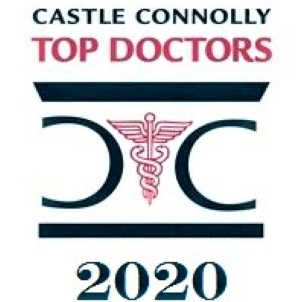The reproductive endocrinologists at the Fertility Associates of Memphis have helped thousands of couples start their families.
The inability to conceive naturally affects 15 percent of couples. Many couples overcome infertility with surgery or medications that correct ovulatory problems. However, these therapies are not always successful, and a more specialized treatment may be required. These innovative therapies are collectively referred to as assisted reproductive technologies (art), and are performed in conjunction with embryologists at the memphis fertility laboratory. We are composed of fertility specialists who have completed fellowship training in both infertility and reproductive endocrinology. In addition, we are currently the only board-certified reproductive endocrinologists in the mid-south who offer all types of art procedures.
Assisted reproductive technologies (art)
Art procedures are fertility therapies in which a woman’s oocytes (eggs) and man’s sperm are retrieved and combined outside their bodies to increase the chance of pregnancy. Usually, art procedures begin with ovulation medications, also known as “fertility drugs”. These medications are used to stimulate the ovaries to produce several mature oocytes at one time. The oocytes, which are produced in small cysts called follicles, are aspirated by a minor surgical procedure, called oocyte retrieval. During this procedure, which is performed under conscious sedation, a needle is guided through the vagina with the use of ultrasound to retrieve the oocytes.
In vitro fertilization (ivf)
In vitro fertilization (ivf) involves collecting oocytes and sperm from a couple and placing them together in a laboratory dish to fertilize outside the body. The fertilized oocytes (embryos or blastocysts) are transferred 2 to 5 days later into the uterus. After embryo transfer, implantation and embryo development occur just as in a normal pregnancy.
Blastocyst transfer
Blastocyst transfer is an effective means of treating patients who respond well to gonadotropins and develop good quality embryos. High pregnancy rates can be achieved with low numbers of embryos transferred in selected couples. Blastocyst transfer also decreases the chance of multiple pregnancy.
Single embryo transfer
We have offered single embryo transfer to couples for many years. This may be selected by patients with an excellent quality blastocyst available for transfer and additional healthy embryos to freeze. In general, candidates are less than 35 years old, with normal hormone levels and follicle counts.
Embryo cryopreservation
When any art procedure is done, there may be more embryos obtained than are normally transferred. Couples can elect to have them frozen, or cryopreserved. Later, when another pregnancy is desired, these embryos are thawed and transferred into the uterus without having to undergo ovarian stimulation and oocyte retrieval necessary for ivf. If pregnancy does not occur, frozen embryos offer a couple another chance to conceive.
Donor oocytes (eggs)
When a woman is not capable of producing oocytes with ovulation induction, the infertile couple may elect to use donor oocytes. Many young women with decreased ovarian reserve (elevated fsh levels, low antral follicle counts and/or antimullerian homone levels) will desire to use donor oocytes. The donor undergoes the first part of an ivf procedure, including ovulation induction and oocyte retrieval. Then the donor’s oocytes and the recipient husband’s sperm are placed in the laboratory dish for fertilization. The fertilized embryos are placed into the uterus of the recipient.
Donors, such as a family member or friend, can be selected by the patient, or they can be obtained anonymously. Donors are usually women who are less than 32 years old, have had prior pregnancies and have normal tests of ovarian reserve and function.
The risks of art
Art procedures carry certain risks and complications. For one, art increases the risk of multiple births (mostly twins or rarely triplets). The overall risk of multiple births is approximately 30% for those couples who do conceive. Ovulation induction also carries a risk of hyperstimulation syndrome, in which the ovaries become swollen and painful. In severe cases, hospitalization is required.
Other ART procedures available
Sperm aspiration
In cases of extreme male factor infertility, microsurgical epididymal sperm aspiration (mesa) and percutaneous epididymal sperm aspiration (pesa) can allow the retrieval of sperm from some men with obstructive azoospermia (no sperm). Testicular sperm aspiration (tesa), is another option if no sperm are retrievable from the epididymis region.
ICSI
Intracytoplasmic sperm injection (icsi) can allow men with very few sperm to still fertilize their partner’s oocytes. A single sperm is injected directly into the cytoplasm of a mature oocyte.
Assisted hatching
Assisted hatching is a form of micromanipulation that involves creating an opening in the outer covering of a developing embryo. This helps growing embryos implant in the uterus. Assisted hatching may be especially helpful in older women, patients with elevated hormone levels and women who failed to conceive after ivf.
Preimplantation genetic diagnosis (pgd)
Pgd can be used for determining chromosomal health or the presence of specific genes related to hereditary disease. Pgd can be performed when a couple undergoes ivf and embryo biopsy with the removal of one or two cells called blastomeres. Normal chromosomal pairing can be performed using a technique called fluorescence in situ hybridization (fish). Some hereditary conditions caused by gene disorders can be determined using a technique called polymerase chain reaction (pcr).
Oocyte cryopreservation
Freezing oocytes is a rapidly evolving technology that allows women to preserve their fertility. This is often selected by women who have been diagnosed with cancer and desire to preserve oocytes before undergoing therapy that may diminish their future fertility. Additionally, oocyte cryopreservation is often chosen by those women wishing to postpone starting a family, yet want to preserve the highest quality oocytes.
The success rates of art
The specialists at fertility associates of memphis have consistently outpaced national averages for success rates in all forms of art procedures. Ideal candidates can expect successful live birth rates of over 60%. Success rates are dependent on age, hormonal levels and the possible reasons for infertility. Please visit our website for our most current success rates.
Costs of art
We will provide you with a detailed estimated cost analysis of each procedure before you start. Some art procedures are expensive and insurance coverage varies widely. Our financial specialists will assist you with your specific plan to find out if coverage is offered. We offer several programs to assist couples who do not have insurance coverage.
Whom to contact for art
If you would like to schedule an appointment or if you have any questions, please call the ivf nurse coordinator through the front desk at 901-747-2229.
